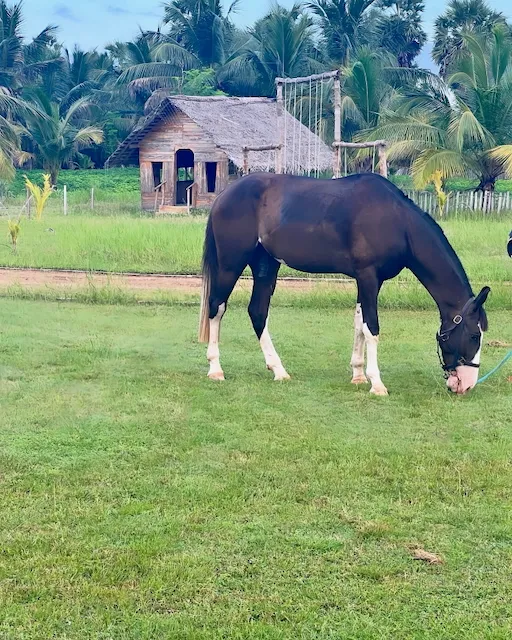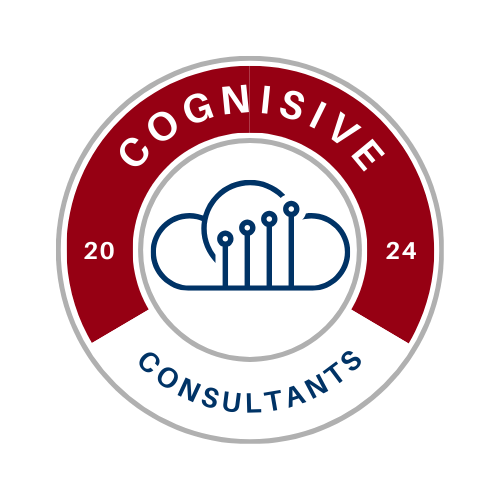The Silent Architecture of Place: Why Some Landscapes Heal Us
There are landscapes that do not ask to be admired. They simply receive you — and in that reception, something inside reorganizes. This is how the land heals.

There are landscapes that do not ask for anything when you enter them. They do not demand awe, or understanding, or performance. They simply receive you — as though they have been waiting. And in that receiving, something in us reorganizes.
Most travel today is built on consumption: new views, new meals, new check-ins on the endless scroll. Yet, the places that change us are not the ones we see, but the ones we submit to — places that operate on deeper frequencies, where silence is not empty, but structured; where the land is not backdrop, but participant.
To understand such places, one must first understand how identity is formed.
I. Identity Is Not an Internal Construction
The modern world teaches that identity comes from within — from personality, biography, preference, memory.
But identity is a relationship. It is formed in dialogue.
A person is shaped by:
- The land they live upon
- The rhythms they move within
- The animals they learn to speak to without words
- The silences in which they hear themselves
When these elements are absent, identity becomes unstable — reactive, performative, brittle. When they are present, identity becomes grounded — quiet, resilient, and real.
This is why people go into mountains when they are lost. Why soldiers, after decades, return to the fields where they once stood watch. Why certain valleys and coastlines stay with us our entire lives. They do not merely hold memory. They form it.
II. Landscapes That Heal Do So Without Spectacle
Healing landscapes are rarely dramatic. They are:
- Wide grasslands at dawn
- Warm earth underhoof
- Slow water that reflects sky more than it moves
- The sound of distant hooves — not to impress, but to remind
These are unforced spaces, where meaning gathers quietly.
To enter such a place is to remember a version of yourself that was never artificial — the self that existed before narrative, expectation, and performance. The self that simply was.
The land does not heal by offering answers. It heals by removing noise.
III. A Horse Does Not Respond to Pretension
The horse is a mirror with no interest in flattery. It reads:
- Breath before posture
- Intention before command
- Tension before movement
One cannot lie to a horse. And so, one cannot lie to oneself in the presence of a horse.
When a person learns to ride — quietly, without domination — they learn something older than language: calm authority is not asserted; it is allowed.
This is why horse cultures produce certain kinds of leaders — those who are firm without aggression, present without spectacle, decisive without fear.
The horse teaches: clarity of intention; respect without force; trust without demand.
This is not therapy. This is returning to correct proportion within the world.
IV. A Place Where the Land and the Horse Teach Together
There are places where this conversation between landscape and horse happens naturally — without choreography.
I have seen this in the eastern grasslands, where the horizon opens like a held breath releasing. Where wind moves through grass the way memory moves through silence. Where riders move not to conquer distance, but to listen to it.
In such settings, the Ranch is not a destination. It is a context — a vessel for encounter between human, animal, and land.
The work here is simple:
- Restore what has been exhausted
- Protect what has been entrusted
- Move with the grain of the land, not against it
Belonging is not constructed. It is permitted.
And some landscapes — when treated with fidelity — permit it deeply.
V. Places That Heal Become Part of Us
When a person leaves such a place, they do not leave whole.
Something stays behind. Some pace of breath. Some internal quiet. Some unspoken understanding that the world need not be chased — only entered.
And in returning to regular life, one realizes that the landscape has done its work: the land has reorganized your interior architecture; the horses have tuned your sense of proportion; the silence has taught you how to hear.
This change is not visible. But it is permanent.
Conclusion
What we call healing is often simply the recovery of the right relationship with place, animal, and self.
Some landscapes hold that capacity. They do not perform. They receive.
And in that reception, we remember who we were before the world demanded performance. We return to what is true.

